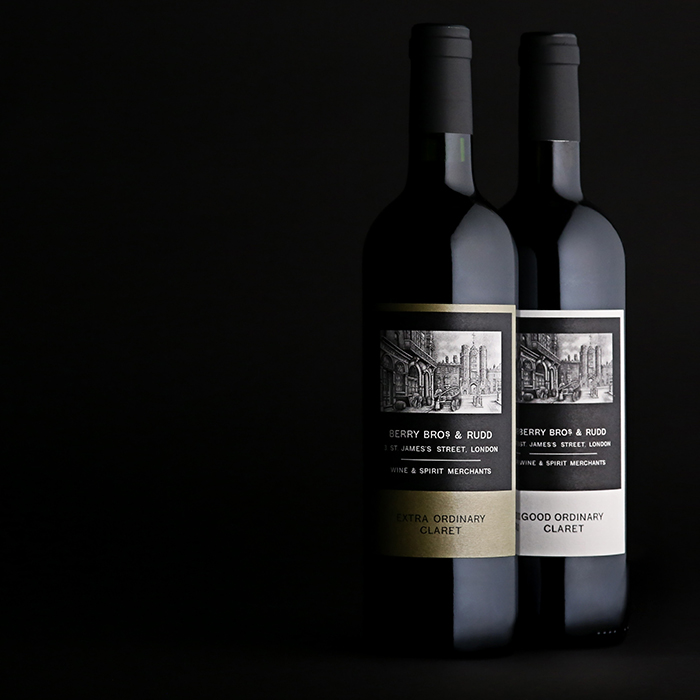Anything but Ordinary
Author: Philip Moulin

Good. Ordinary. Claret. Three words that our customers probably associate with us more than any other. “GOC”, as it is known affectionately, has been our best-selling wine for decades now, and it’s more modern elder brother Extra Ordinary Claret (EOC – launched in 2002) is not far behind. But what, you might ask, is the difference between them and why is one cheaper than the other?
Although both wines are blends of different grapes varieties, the key thing to understand is that GOC is also a blend from several different vineyards. Each year, we taste a selection of samples, which are vinified and blended for us by the Bordeaux négociant (merchant), Dourthe, which was founded in 1840. The samples will vary according to their “assemblage”, or blend of grape varieties, as well as the percentage of old or new oak barrels used on each wine. Eventually we narrow down the selection to the blend which we feel best represents the style we hope to achieve every year with GOC.
As well as owning some extremely fine châteaux themselves, Dourthe also has contracts with many smaller vineyards, and each year they select the best fruit to go into the blend for GOC. The ability to select fruit from the best terroir, in any given vintage, is a huge bonus in a region as influenced by the weather as Bordeaux. It means that if the Merlot fails, for example, then they still have access to fully ripe Cabernet Sauvignon, or maybe Petit Verdot. The wines are all vinified separately in Douthe’s own winery, using traditional methods, with the best lots matured in new French oak barriques.
By contrast, EOC is a single-estate wine, coming entirely from Château Villa Bel-Air, in the Graves. The property is owned by the Cazes family (of Château Lynch-Bages fame), with whom we have a close relationship. The château sits on a splendid gravel outcrop, surrounded by its own vines, and these free-draining vineyards are ideal for growing Cabernet Sauvignon and Cabernet Franc, which together make up 60% of the blend. The remainder is planted to Merlot, which adds flesh and generosity to the blend. Here the attention to detail is second to none, and from vineyard to winery, no expense is spared. It is very much a boutique sort of affair, and the scale of production is modest, but crucially, the taste of EOC will always reflect the unique terroir of the château.
So, both GOC and EOC are made from blends of the classic Bordeaux varieties, and both are the product of a single vintage. Both are traditionally made, and although scales of production are different, they are both made with quality as the driving factor. Ultimately the difference lies in the style of wine. GOC is blended to produce a consistent style, year after year. It is generous, full-bodied, modern Bordeaux, which we trust can be relied on to taste consistently lovely, whenever you open a bottle. EOC is a more artisanal wine, reflecting in each vintage a sense of place, with its own, classic Graves complexity and style.
Each one showcases a different side of Bordeaux; both are far from ordinary.



Do I have to sign up to a plan to buy this wine?
Thanks
Liam Hayward
Hello Liam,
Our Good Ordinary and Extra Ordinary wines are available to all our customers through bbr.com. They are very popular, and – on occasion – go out of stock. You should be able to purchase either wine at present, but if you have any difficulty the customer service team can help.
Best wishes,
Emily